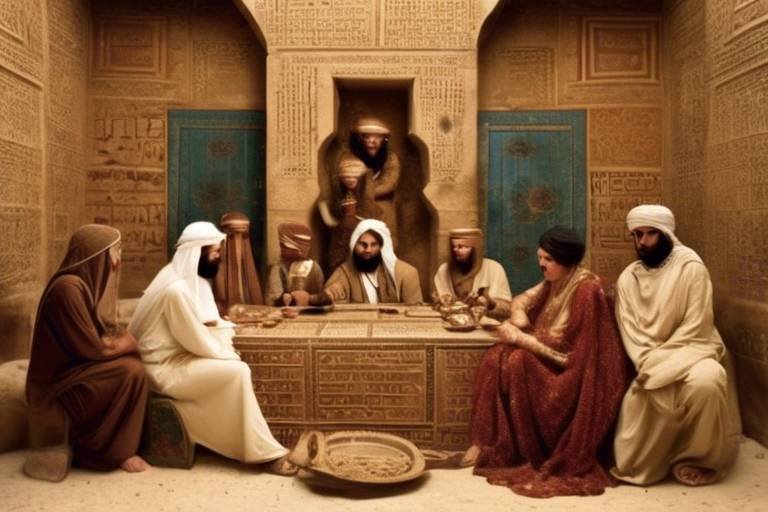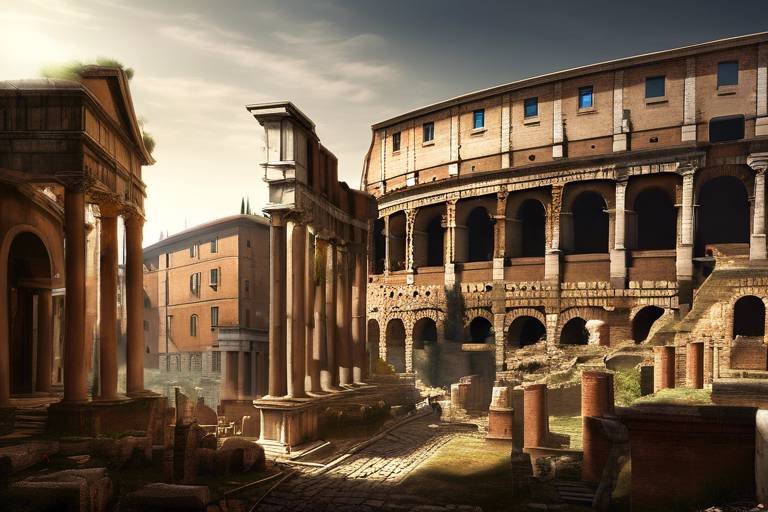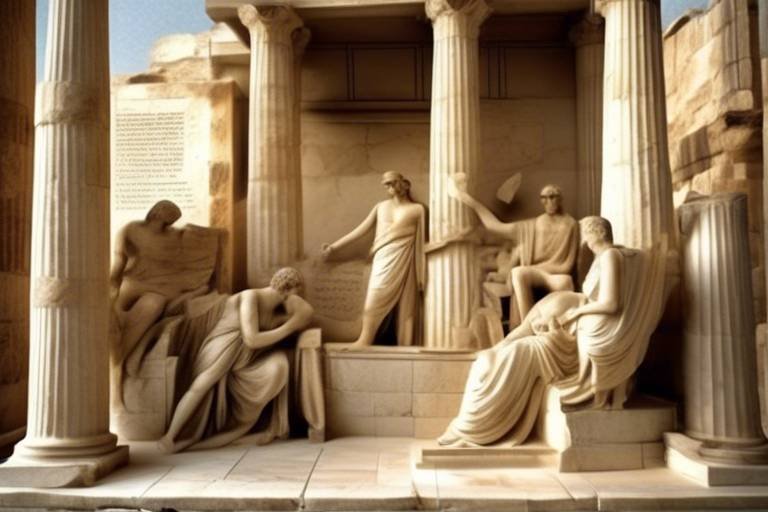The Influence of Colonial Architecture on Modern Cities
Colonial architecture holds a profound influence on the modern cities we see today, weaving a rich tapestry of history and innovation into the urban landscapes. The remnants of colonial rule have left an indelible mark on the architectural styles, urban planning, and cultural fabric of modern metropolises, creating a unique blend of old-world charm and contemporary functionality.
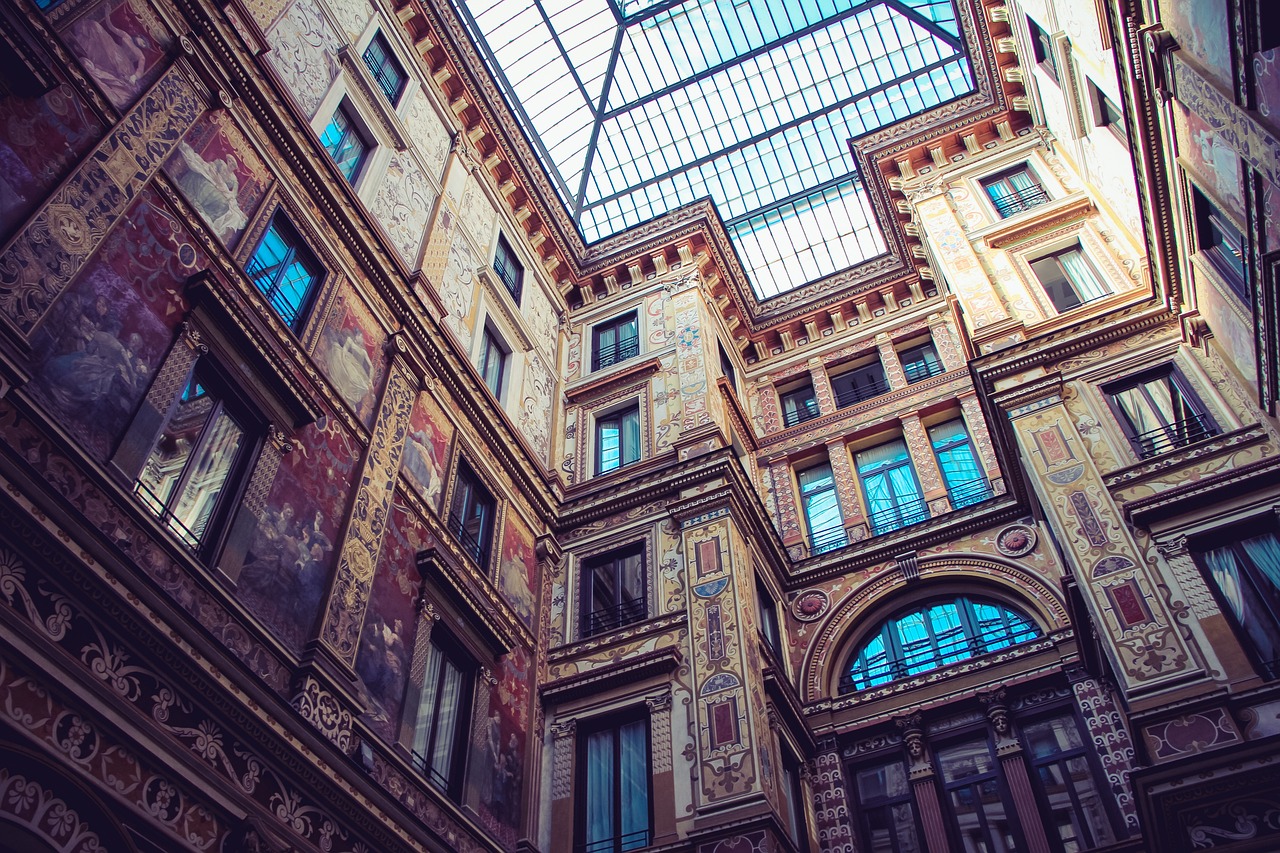
Architectural Styles
Exploring how historical colonial architecture has shaped the design and development of modern urban landscapes, blending old-world charm with contemporary functionality and aesthetics.
Colonial architecture encompasses a diverse range of styles that have left a lasting impact on modern cityscapes. From the elegant symmetry of Georgian architecture to the ornate details of Victorian buildings, these styles have influenced the design and character of cities around the world. Spanish colonial architecture, known for its stucco walls and red-tiled roofs, and Dutch colonial architecture with its distinctive gambrel roofs and large windows, have also made significant contributions to the architectural tapestry of modern urban environments.

Urban Planning
Urban planning plays a crucial role in the development and evolution of modern cities, drawing inspiration from historical colonial urban layouts. The grid patterns commonly seen in colonial towns have influenced the organization of streets and infrastructure in contemporary urban settings. These planned layouts not only provide a sense of order but also facilitate efficient transportation and city navigation.
Central squares, a hallmark of many colonial cities, have also made their way into modern urban planning. These public spaces serve as gathering points for communities, hosting events, markets, and cultural activities. The incorporation of such communal areas in city designs fosters social interaction and community engagement, enhancing the vibrancy and liveliness of urban environments.
Moreover, the emphasis on mixed land use, another principle derived from colonial urban planning, is evident in the diverse functions of modern city districts. The integration of residential, commercial, and recreational spaces within close proximity reflects the efficient utilization of land and resources, promoting walkability and reducing dependency on cars.
When considering the historical context of colonial architecture and urban planning, modern city developers strive to balance preservation with innovation. By adapting traditional principles to meet contemporary needs, cities can honor their heritage while embracing progress and sustainability. The fusion of old-world charm with new-world functionality creates a unique urban landscape that celebrates the past while shaping the future.

Preservation Efforts
Preserving colonial architectural heritage in modern cities is not merely about maintaining old buildings; it is a concerted effort to safeguard history, culture, and identity. Restoration projects play a crucial role in breathing new life into historic structures, ensuring they stand the test of time. Adaptive reuse, another key preservation strategy, involves repurposing colonial buildings for contemporary functions while retaining their original character and charm.
Heritage conservation initiatives are essential for protecting the authenticity and integrity of colonial architecture. These efforts often involve a combination of public and private partnerships, aiming to balance preservation with the evolving needs of a modern city. By safeguarding colonial buildings, cities can retain a tangible link to their past and offer residents and visitors a glimpse into bygone eras.
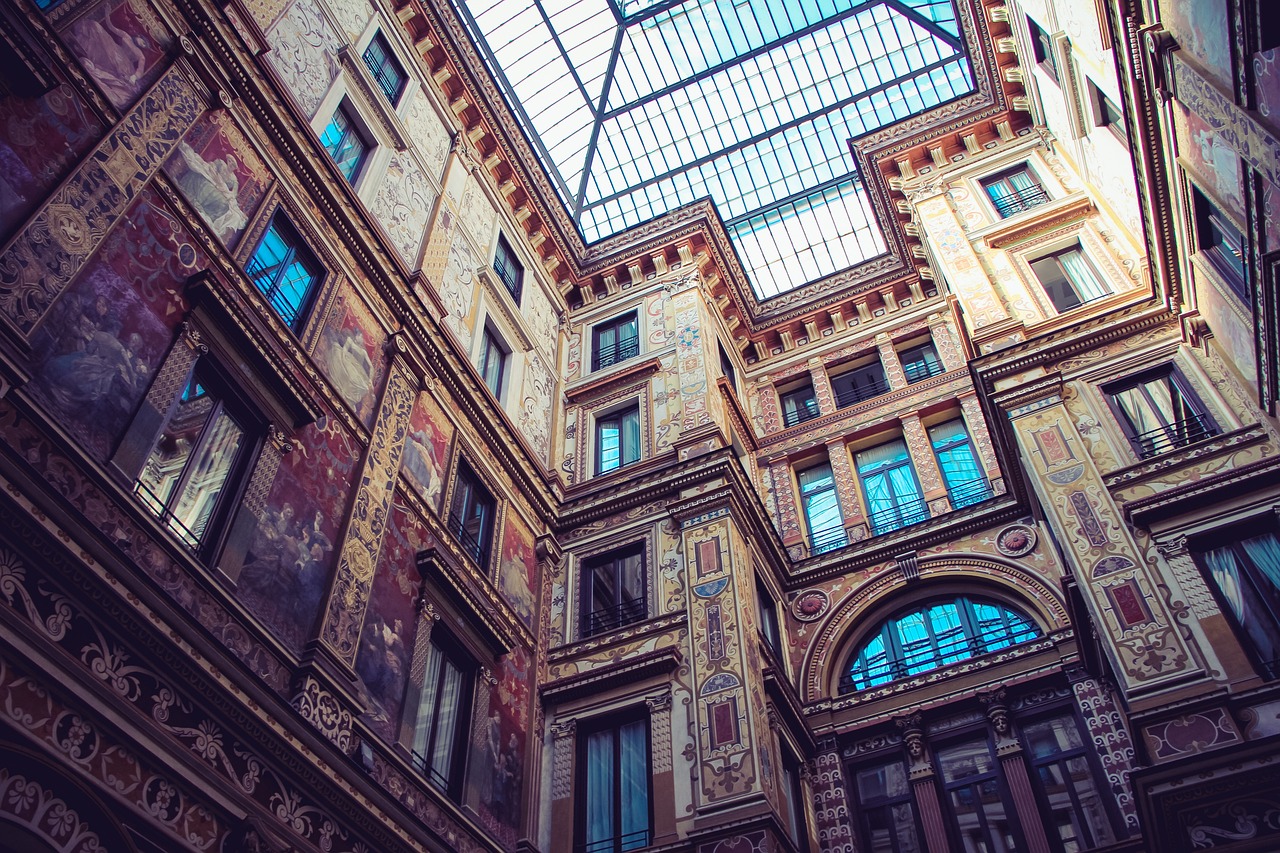
Cultural Significance
Colonial architecture holds a deep in modern cities, acting as a bridge between the past and the present. These architectural marvels stand as a testament to the rich history and diverse heritage of a place, reflecting the influences of various colonial powers that once ruled over these territories. The intricate designs, ornate facades, and unique architectural features of colonial buildings tell stories of bygone eras, offering a glimpse into the cultural tapestry of a region.
Furthermore, colonial architecture serves as a source of pride for local communities, instilling a sense of identity and belonging among residents. These historic structures are not merely buildings but living monuments that evoke nostalgia and admiration, reminding people of their roots and the struggles and triumphs of their ancestors. In a rapidly modernizing world, the preservation of colonial architecture is crucial for maintaining a connection to the past and preserving a sense of cultural heritage.
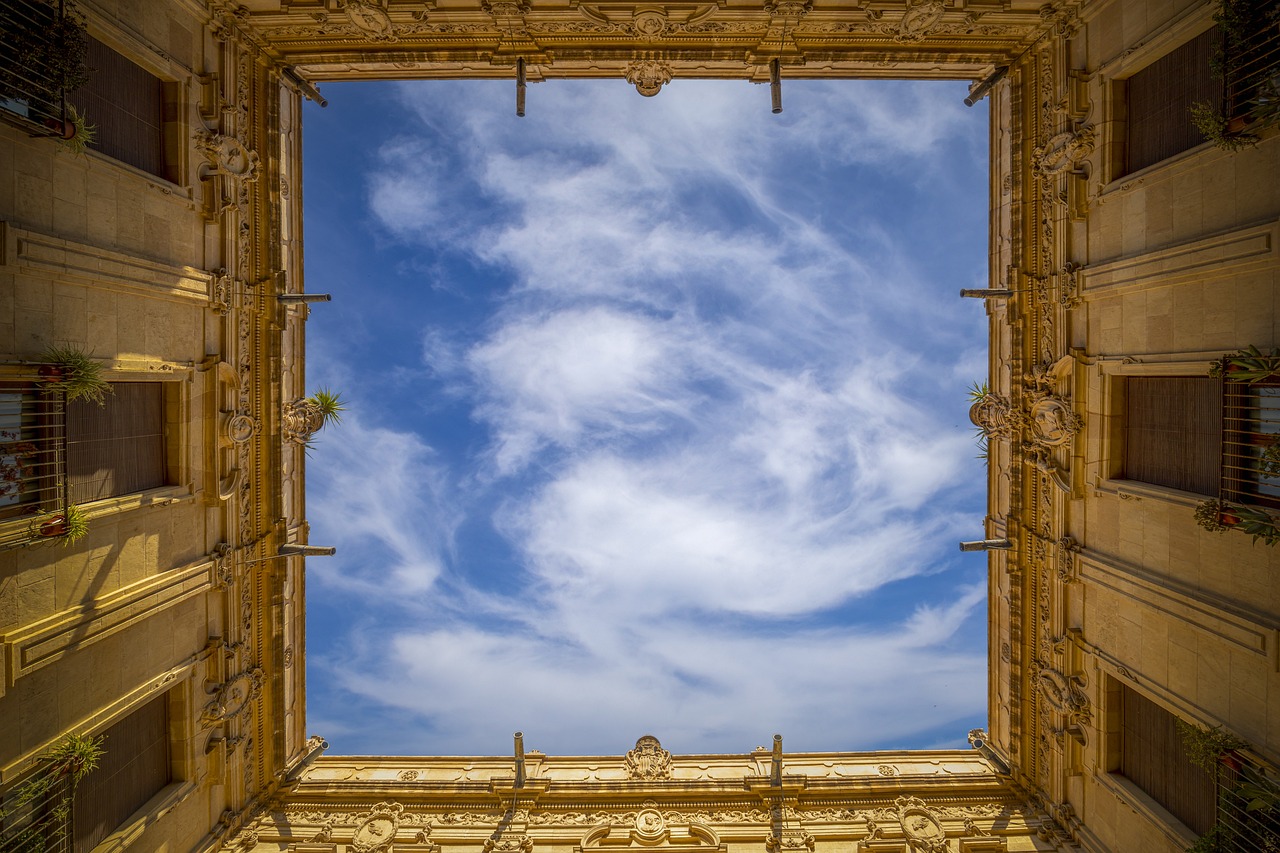
Iconic Landmarks
Exploring how historical colonial architecture has shaped the design and development of modern urban landscapes, blending old-world charm with contemporary functionality and aesthetics.
When we stroll through modern cities, we often encounter iconic landmarks that stand as testaments to the rich colonial history that once graced these urban landscapes. These landmarks are not merely structures; they are living pieces of history, telling stories of bygone eras and architectural brilliance.
Take, for example, the Taj Mahal in India, a stunning white marble mausoleum that embodies Mughal architecture. This iconic landmark attracts millions of visitors each year, marveling at its intricate designs and symmetrical beauty.
In the heart of Buenos Aires, Argentina, stands the Casa Rosada, a pink-hued presidential palace that reflects a blend of Italian and French architectural styles. This landmark serves as a symbol of political power and historical significance in the city.
Heading to Cape Town, South Africa, one cannot miss the Castle of Good Hope, a pentagonal fortress built by the Dutch East India Company. This iconic landmark is the oldest surviving colonial building in South Africa, offering a glimpse into the country's colonial past.
Across the Atlantic, in Boston, Massachusetts, the Old State House stands as a symbol of American independence. This historic landmark witnessed pivotal events leading to the American Revolution, making it a cornerstone of the city's cultural heritage.
As we admire these iconic landmarks, we not only appreciate their architectural grandeur but also connect with the stories and legacies they carry. They serve as reminders of the past while enriching the present urban fabric with their timeless presence.
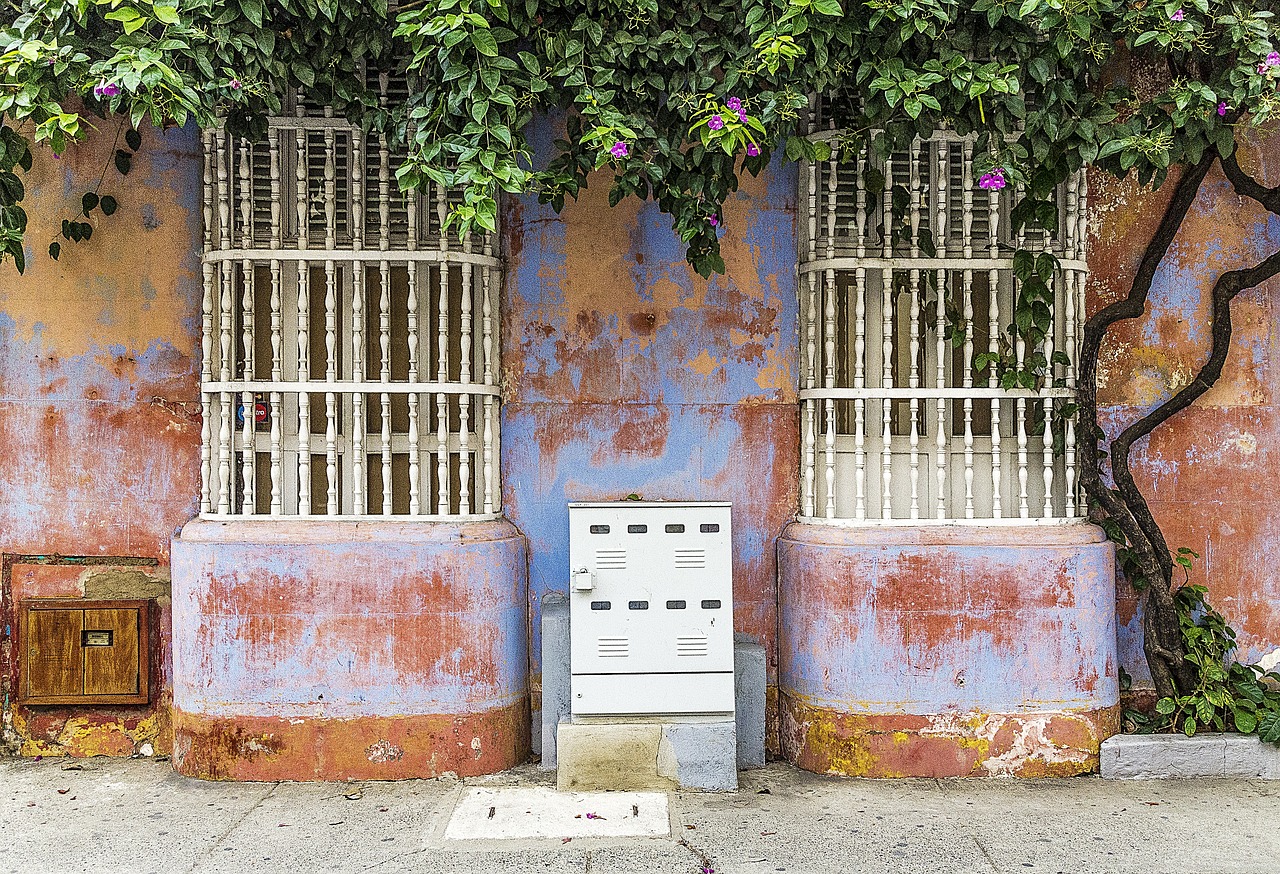
Sustainability and Adaptation
When it comes to sustainability and adaptation in the realm of colonial architecture within modern cities, a delicate balance must be struck between preserving historical significance and embracing contemporary environmental consciousness. The adaptation of colonial buildings for sustainable use is a multifaceted process that involves integrating green technologies and eco-friendly design practices without compromising the architectural integrity of these iconic structures.
One of the key challenges in adapting colonial architecture for sustainable purposes lies in finding innovative ways to incorporate modern energy-efficient systems while respecting the historical aesthetics of the buildings. This often requires a careful blend of traditional design elements with cutting-edge sustainability solutions to ensure that the structures remain functional and environmentally friendly.
Moreover, the concept of adaptive reuse plays a crucial role in the sustainability of colonial architecture in modern cities. By repurposing old buildings for new functions, such as transforming a colonial-era mansion into a boutique hotel or converting a historic warehouse into loft apartments, cities can reduce waste and carbon footprint while preserving their architectural heritage.
As urban areas continue to expand and evolve, the adaptation of colonial architecture for sustainable use becomes increasingly vital in creating resilient and environmentally conscious cities. By embracing sustainable practices in the preservation and development of colonial buildings, modern cities can honor their past while building a more sustainable future for generations to come.

Challenges and Controversies
When it comes to the integration of colonial architecture into modern cities, there are various challenges and controversies that arise, creating a delicate balance between preserving historical heritage and meeting the demands of contemporary urban development. One of the primary challenges faced is the conflict between conservation efforts and the need for urban expansion. As cities grow and evolve, there is often pressure to demolish historic colonial buildings to make way for new infrastructure and high-rise developments.
Additionally, the cost associated with the restoration and maintenance of colonial architecture can be a significant challenge for city planners and developers. Preserving these historic buildings requires substantial financial investment, and finding the resources to fund such projects can be a contentious issue. Balancing the economic feasibility of preservation with the cultural value of these structures is a constant struggle.
Another controversial aspect is the debate surrounding the authenticity of restored colonial buildings. When restoring historic structures, there is often a question of how faithfully the original design and materials can be replicated. Some argue that overly modern interventions and alterations can detract from the historical integrity of the architecture, while others advocate for a more flexible approach that incorporates contemporary elements.
Moreover, the clash between heritage conservation and modern functionality poses a significant challenge in the adaptation of colonial buildings for contemporary use. Striking a balance between preserving the architectural heritage of the past and meeting the practical needs of present-day occupants can lead to conflicts and debates within the community.
In conclusion, navigating the challenges and controversies surrounding the preservation and adaptation of colonial architecture in modern cities requires a thoughtful and nuanced approach. By addressing these issues with sensitivity to both historical significance and urban development needs, cities can successfully blend the old with the new, creating a harmonious urban landscape that honors the past while embracing the future.

Future Trends
Exploring how historical colonial architecture has shaped the design and development of modern urban landscapes, blending old-world charm with contemporary functionality and aesthetics.
Examining the various colonial architectural styles that have influenced the design of modern cityscapes, from Georgian and Victorian to Spanish and Dutch colonial.
Discussing how colonial urban planning principles, such as grid layouts and central squares, have been integrated into the development of modern cities for both practical and aesthetic purposes.
Highlighting the importance of preserving colonial architectural heritage in modern cities through restoration projects, adaptive reuse, and heritage conservation initiatives.
Exploring the cultural significance of colonial architecture in modern cities, serving as a link to the past and a reflection of the diverse heritage and history of a place.
Showcasing iconic colonial-era landmarks in modern cities that have become symbols of architectural excellence and historical importance, attracting tourists and locals alike.
Investigating how colonial buildings are being adapted for sustainable use in modern cities, incorporating green technologies and eco-friendly design practices.
Addressing the challenges and controversies surrounding the preservation and adaptation of colonial architecture in modern cities, balancing heritage conservation with the need for urban development.
In the evolving landscape of modern urban design, future trends indicate a continued integration of colonial architecture with innovative approaches and sustainable practices. Architects and city planners are increasingly focusing on blending the historic charm of colonial buildings with cutting-edge technologies and environmentally conscious design principles. This trend emphasizes the importance of preserving the cultural heritage while adapting to the changing needs of urban environments. Additionally, the future is likely to see a rise in mixed-use developments that combine colonial structures with contemporary elements, creating vibrant and dynamic cityscapes that cater to diverse community needs.
Frequently Asked Questions
- What are some common colonial architectural styles seen in modern cities?
Common colonial architectural styles seen in modern cities include Georgian, Victorian, Spanish, and Dutch colonial designs.
- How are colonial urban planning principles integrated into modern city development?
Colonial urban planning principles, such as grid layouts and central squares, are integrated into modern city development for both practical functionality and aesthetic appeal.
- Why is it important to preserve colonial architectural heritage in modern cities?
Preserving colonial architectural heritage in modern cities is crucial for maintaining historical authenticity, cultural identity, and a connection to the past for future generations.
- What is the cultural significance of colonial architecture in modern cities?
Colonial architecture in modern cities serves as a reflection of diverse heritage and history, showcasing the evolution of architectural styles and cultural influences over time.
- How are colonial buildings being adapted for sustainable use in modern cities?
Colonial buildings are being adapted for sustainable use in modern cities by incorporating green technologies, eco-friendly design practices, and energy-efficient solutions.
- What are some challenges associated with the preservation of colonial architecture in modern cities?
Challenges include balancing heritage conservation with urban development needs, addressing structural decay, and navigating public opinion on preservation efforts.
- What future trends can be expected in the integration of colonial architecture into modern city planning?
Future trends may involve innovative design approaches, sustainable development practices, and a continued emphasis on preserving and adapting colonial heritage for contemporary needs.








